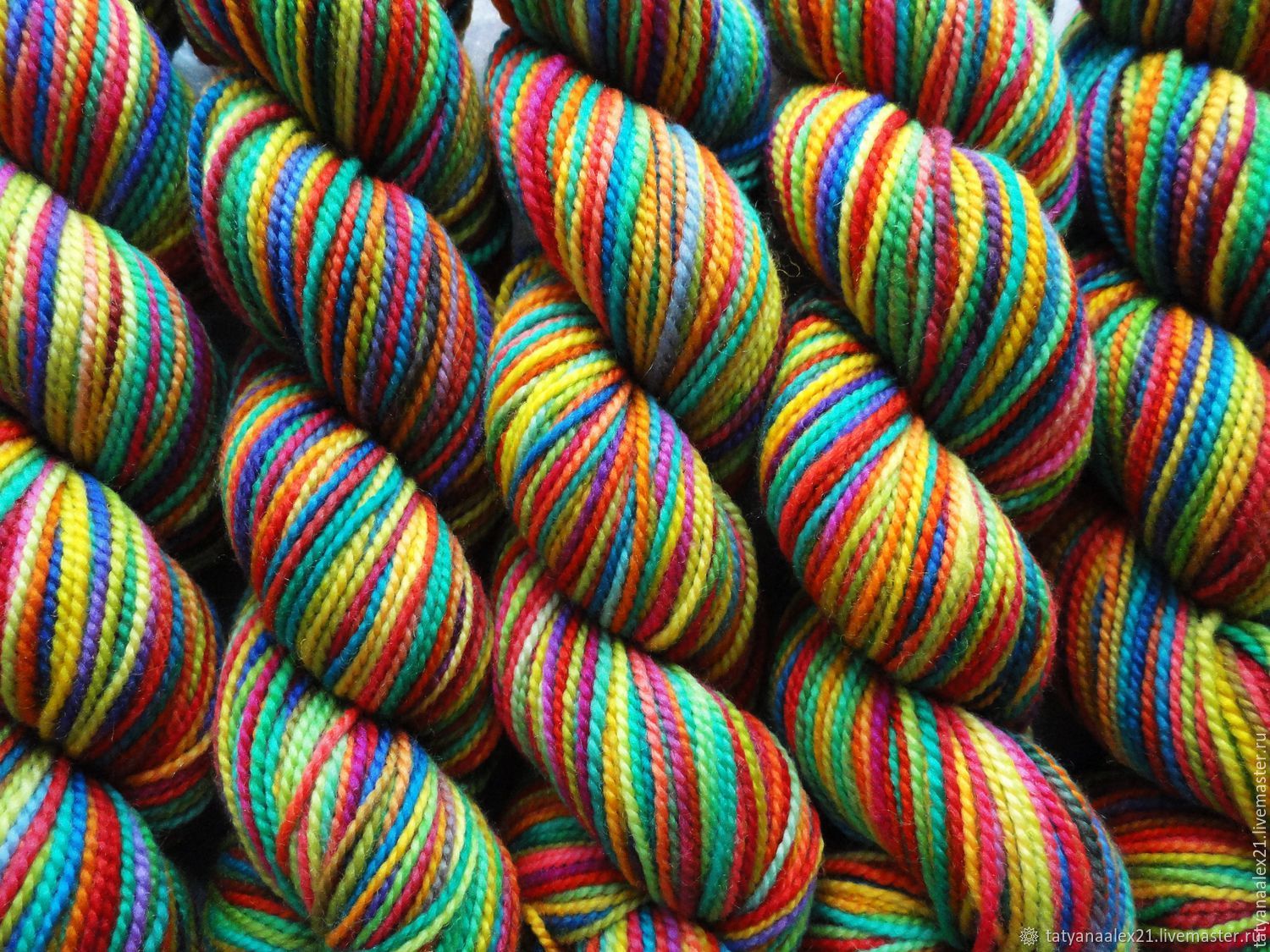Knitting as a type of needlework originated approximately 3 thousand years ago in hot Africa. There, wielding the first prototypes of modern hooks, the ancient Bedouin nomads created capes, scarves and burnouses for protection from sun, wind and sand. And in quality of material they used nothing more than the first varieties natural wool yarn.

After Africa, the art of creating clothing passed to Europe thanks to itinerant preachers and missionaries. They created their own methods of creating consumable threads; spinning peaked in the 13th century. Proof of this were gloves and pillowcases knitted from thin silk thread found in the tomb of one of the Spanish emperors.
Interesting! Natural yarn was also used to create clothing in the Scandinavian countries. Only they did not use hooks, but needles, which significantly complicated the process. However, it was almost impossible to unravel the finished product.
But let's return to Europe. There began a craze for knitting, which was practiced exclusively by men. In the Middle Ages, this activity was taken very seriously.For education, schools were organized in which only the most gifted could study. The best graduates had the right to improve their skills and abilities abroad.
Knitting passed into the hands of women in the middle of the 18th century. Representatives of the fair sex were able to develop and improve it, reaching a high level of skill.

Today this name means thread, twisted from fibers laid in the longitudinal direction. By composition it can be homogeneous or mixed. By origin:
In addition, threads can be divided into seasons: winter, summer, all-season.

The yarn is used for knitting clothes using knitting needles, hook and special devices. It is considered one of the most sought-after and popular materials among needlewomen around the world.